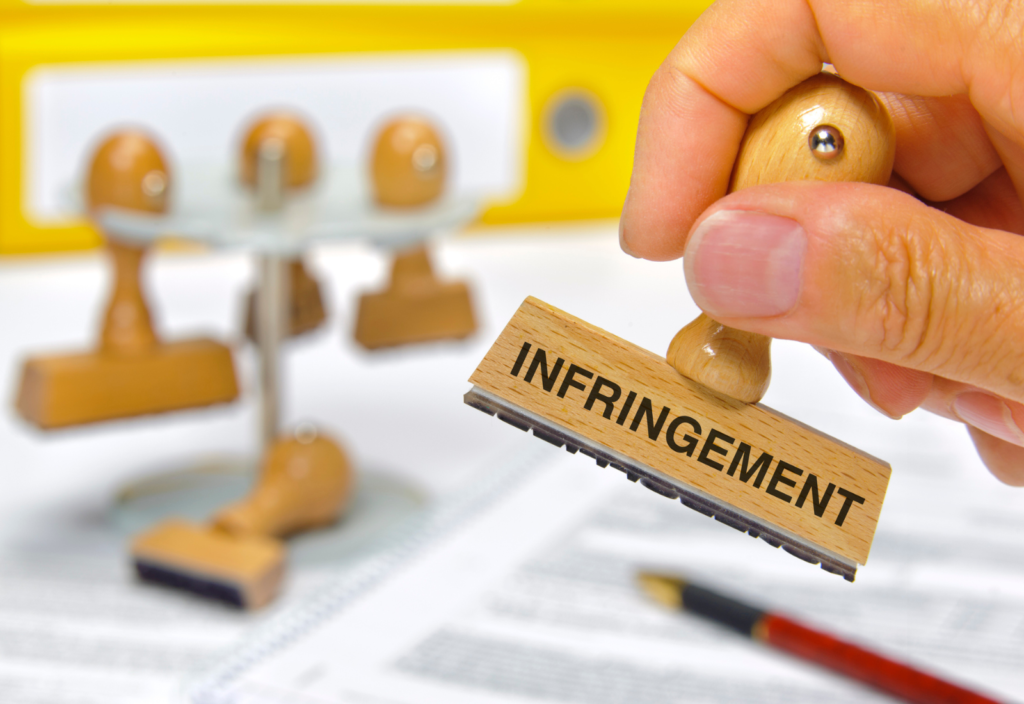On the heels of our recent intellectual property webinar, we received some requests for real world examples of how trademark infringement litigation plays out in the courts. Luckily (or unluckily, depending on how you see things), trademark infringement litigation cases are filed on an almost daily basis throughout the country, and this one filed this week by CBH International, LLC is a great example.
The Parties to CBH’s Trademark Infringement Litigation
Plaintiff CBH International is the owner of the UNCLE BUD’S trademark, which it has federally registered for use in connection with its industrial hemp products like CBD topical, gummies, etc. CBH alleges that its goods do not contain any THC or psychoactive ingredients. THC levels over 0.3% would invalidate the federal trademark, as marijuana is still classified as a Schedule 1 drug.
Defendant Uncle Bud’s Grow Shop Corp. operates a retail store in Johnstown, New York that offers cannabis-related goods and services, such as hydroponic systems, fertilizers, and grow lights. In addition to using “Uncle Bud’s as its trade name, it also offers merchandise like hats and beer coozies that are labeled with “Uncle Bud’s.”
The Trademark Infringement Litigation Allegations
There are five elements of a trademark infringement claim:
- First, a valid protectable mark. A valid mark is any distinctive word, name, symbol, or combination of those things, used by a person to identify and distinguish their goods. Here, CBH probably has no problem satisfying this element, especially because its federal registration also creates a presumption that the mark is valid and protectable.
- Second, plaintiff’s ownership. Generally, only the owner of a trademark registration can bring a trademark infringement claim. Check.
- Third, defendant’s infringement of a trademark. I want to specially note that the defendant’s mark doesn’t need to be identical. So, the fact that Uncle Bud’s Grow Shop’s logo is different from CBH’s, etc., is not a total defense.
- Fourth, likelihood of confusion. This fourth factor is what courts like to focus on, because the whole point of this area of law is to prevent consumer confusion. Whether there is a likelihood of confusion is assessed by applying a multi-factor test. That test varies a bit depending on jurisdiction, but these are the general factors that are considered:
- Strength or weakness of plaintiff’s mark – here, I would say CBH is in pretty good shape because its mark is nationally known and its products are sold by various online and brick and mortar retailers and have been highlighted by various media outlets.
- Defendant’s use of the mark as compared to plaintiff’s use – given that both parties use the mark to distinguish their products in the cannabis realm, I would say this factor also probably tips in CBH’s favor.
- Similarity of plaintiff’s and defendant’s marks – both parties label their products as “Uncle Bud’s.”
Some other trademark infringement factors that are typically considered but that CBH does not allege in its complaint are:
-
- Actual confusion – CBH doesn’t cite any examples of actual consumer confusion, so this factor doesn’t weigh in their favor. I will say that when a plaintiff is able to cite actual examples of consumer confusion, that is almost always the proverbial nail in the coffin – and that makes sense when you consider what the point of trademark law is: to prevent consumer confusion.
- Defendant’s intent – sometimes, defendants unknowingly admit that they “intended” to infringe the trademark when they admit they were aware of the plaintiff’s brand and wanted to be in their likeness.
- Marketing/advertising channels that they’re used in – if both parties use the same online or brick and mortar channels, this will weigh in plaintiff’s favor. This factor has exceedingly become more of a “given” because the wide use of social media channels, etc. have made it so that consumers can be broadly reached no matter what.
- Purchaser’s degree of care – this relates to how careful consumers will be in choosing products in this realm. As an extreme example, someone looking into which vitamins to take will likely be a little more careful and discerning than someone looking into which trash bags to use.
- Potential for product line expansion – where the plaintiff has an intent to go into the defendant’s line of business, this factor will weigh in plaintiff’s favor.
- And fifth, harm or damages. Note that actual injury isn’t necessary, the trademark infringement itself is the harm. But here, CBH can request to recover all damages it sustained in the form of lost profits, dilution of its marketing efforts, etc.
Of course, this analysis is based on CBH’s complaint only, so we’ll report back on when Uncle Bud’s Grow Shop files its response and makes it case. In the meantime, here are some other trademark infringement litigation matters we’ve written on in the past:
























